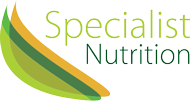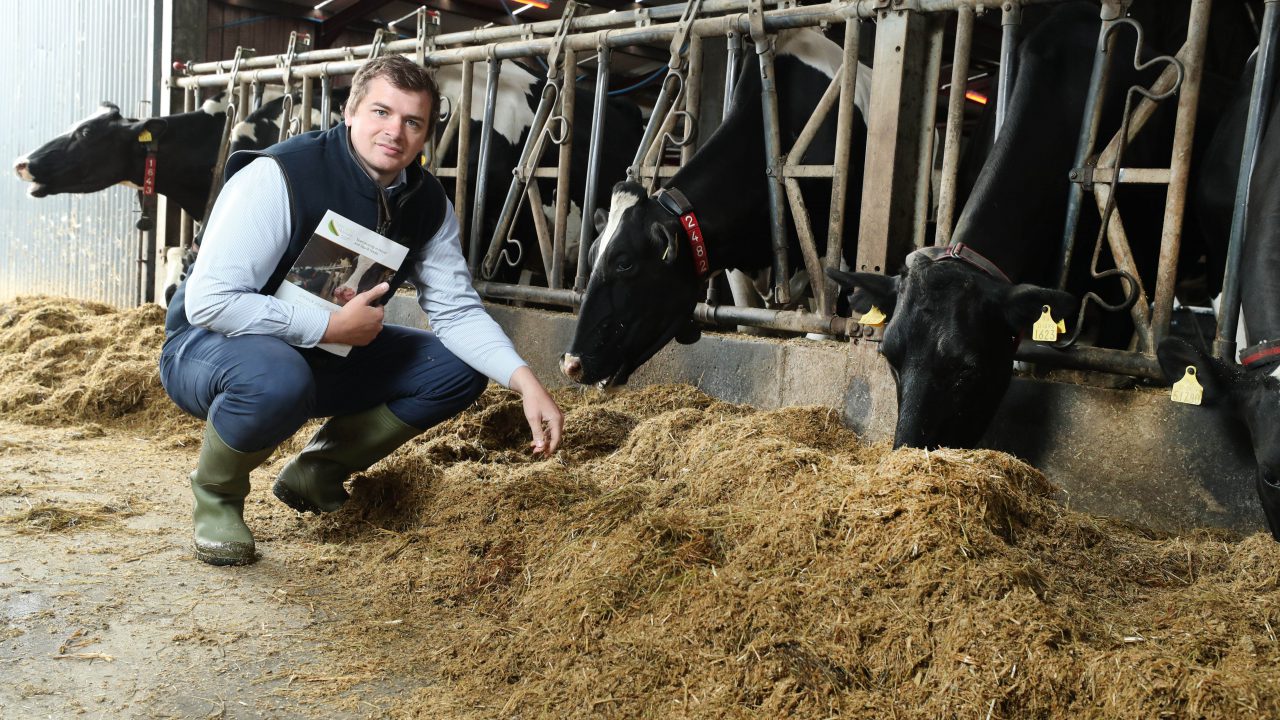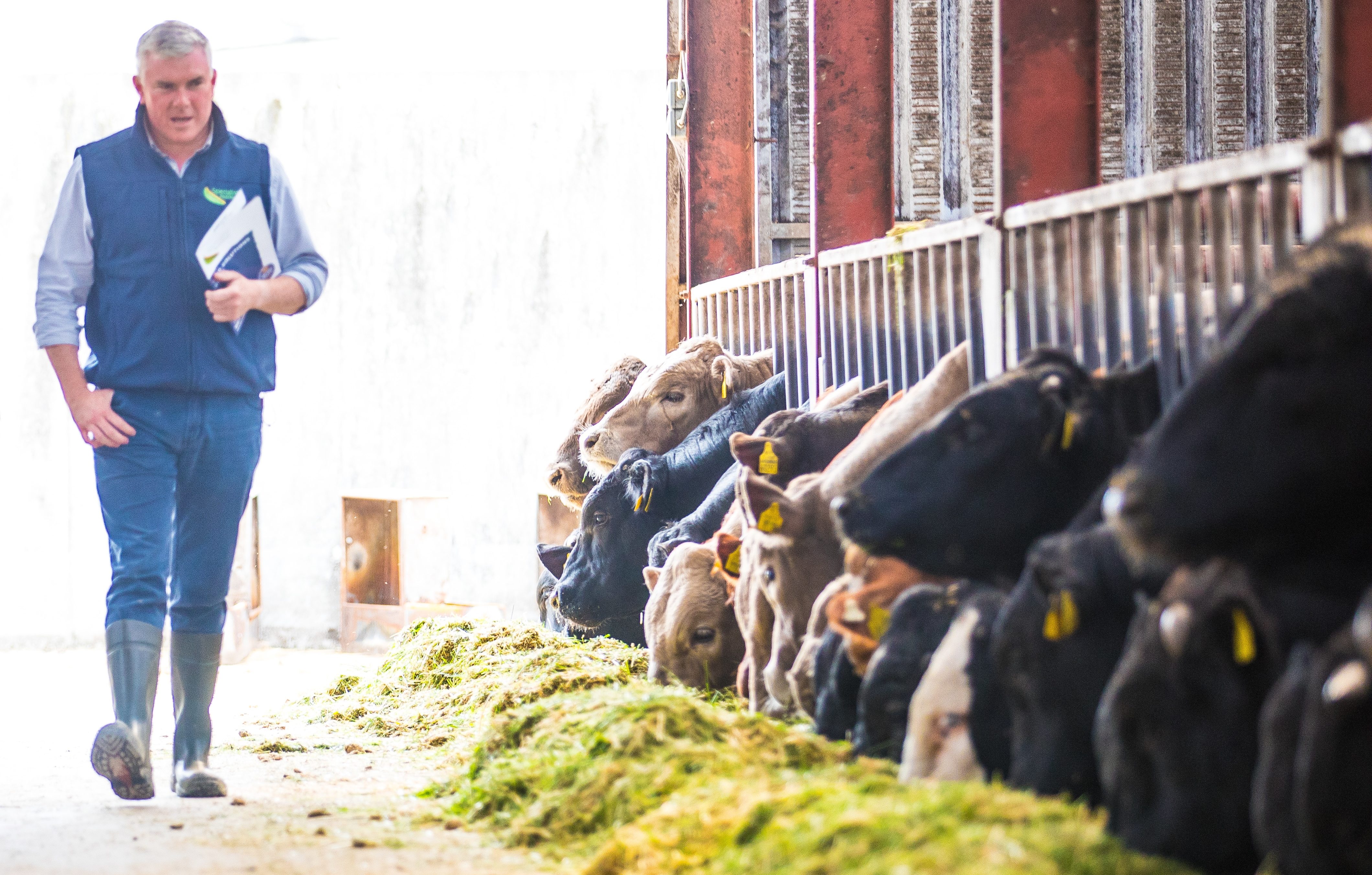Animal feed is the most important and expensive input in any dairy operation, and farmers are looking to ensure a return on inputs by managing their feed costs while maintaining milk response.
A dairy cow must eat a balanced diet with enough energy, protein, fibre, water, minerals and vitamins to maintain body condition score (BCS) and overall health during the entire production life-cycle.
Buffer feeding to bridge nutritional gap
Buffer feeding allows the farmer to complement the available grass or silage resource to meet the cow’s nutritional requirements throughout the year while keeping the cow’s diet balanced.
The ability to buffer feed can make up the shortfall in overall dry matter intake (DMI) targets and supports optimum rumen function, which results in achieving good milk quality, maximum possible solids and body condition.
Using only compound feed to buffer feed cows is not only costly; it also can result in a higher risk of acidosis and creates a further imbalance to the cow’s diet.
As grass quality changes over the season, the buffer feed should also change. Matching the buffer feed to the nutritional characteristics of the grass is the most important piece of management the farmer can do over the late summer/autumn season.
Knowing the quality of silage used
It is vital to understand the analysis of your grass and silage to reduce the risk of an improperly balanced diet which can affect cow health and decrease milk production.
Energy and protein should be considered together because you need energy to drive protein synthesis.
Insufficient energy in the milking cow’s diet can result in low milk protein, low milk yields, poor fertility, poor immunity – susceptibility to disease and metabolic disorders including ketosis as well as a loss of body condition.
If animals are not milking as well as expected, where milk protein is low, or cows are losing excessive condition, energy is the first nutrient to check. Check the total DMI of the animal as well as the quality (i.e. energy content) of the feeds used.
To learn more, just click here
Essential component of buffer feed
Eornagold is the best value protein and energy source on the market. Reported case studies show an increase in milk yields as well as an increase in daily intakes, improved fertility and herd health while using Eornagold.
Eornagold moist feed can be fed fresh or pitted. It provides increased palatability in the animals’ diet, which helps to minimise sorting, particularly when trying to feed fibrous ingredients, such as straw. This makes it an essential component of any buffer feed.
To learn more about Eornagold, just click here
Other benefits in buffer feeding
1. Match inclusion rate of minerals to requirements of cow
The pre-calving period is a crucial time to set the herd up for healthy calving, early lactation, and lead to better performance at breeding.
The importance of precalver minerals in this transition period is to support the immunity system and provide minerals in an easily absorbable form with the right requirements for both dry cow and the unborn calf.
The supplementation of high-value vitamins, Vitamin D3 and E, together with an ideal combination of protected and unprotected trace minerals, will significantly improve immunity status, fertility and calf growth.
Choose a precalver mineral specially formulated to boost immunity and increase resilience to metabolic diseases during transition.
2. Manage milk fever
If milk fever has been an issue on-farm, the addition of yeast with high-value B Vitamins helps prepare the rumen for lactation. It will ensure a good microbiome of minerals for an extra boost to prevent milk fever and other metabolic diseases.
Consider combining Protected Precalver with Ruminase from Specialist Nutrition for the last three weeks of the dry cow period.
3. Boost butterfats
Buffer feeding allows you to easily improve the overall energy in the diet by adding protected fats, for example in the form of GoldenFlake, which has proven results in supporting butterfat levels, increasing milk yield, improving body condition and boosting herd fertility.
4. Reduce acidosis risk
Using a good quality, slow-release rumen conditioner like AcidBuf in the buffer feed helps reduce the risk of acidosis (SARA), which affects butterfat content.
On-farm use has shown excellent results by adding products such as Acidbuf slow-release rumen buffer and metabolically active yeast, such as Vistacell, to ensure the highest delivery of live yeast to the rumen to maximise performance and reduce the risk of acidosis.
Both act together to reduce the rate and extent of any rumen pH drop, and so minimise the negative impact on rumen fermentation.
5. Manage a high stocking rate
Farmers who are highly stocked have seen the benefits of year-round feeding.
Buffer feeding with Eornagold, as a high-value protein and energy source, can also be a more cost-effective option for a farmer who is overstocked compared to the prospect of renting land.
If the grazing platform is not sufficient to sustain the milking herd, it is worth understanding how buffer feeding can be a cost-effective option to relying on expensive rented land.
Useful additions to improve yield and fertility
Choline
Choline is proven to help dairy animals’ transition more smoothly and reducing the risk of metabolic diseases.
Used in the transition period, it can boost milk production (up to 5%) increasing butterfat and milk protein. Fed at 60g/head/day for 21 days pre- and post-calving.
Methionine
Methionine is known as the milk protein builder. Several studies have shown that methionine supplementation during the transition period boosts milk production and provides an excellent return.
AminoShure is the next generation in rumen-protected methionine, with gradual release encapsulation technology promoting better liver function and reduced immune suppression.
More information
Specialist Nutrition is the leader in animal feed solutions and expert nutrition advice supplying a comprehensive range of high-quality moist and liquid feeds and supplements to progressive dairy and beef farmers.
If you would like to know more about buffer feeding and how highly palatable nutritious animal moist feeds can help you manage costs and herd health, contact Specialist Nutrition on: 051-833071.
Unlock your farm potential by clicking here




